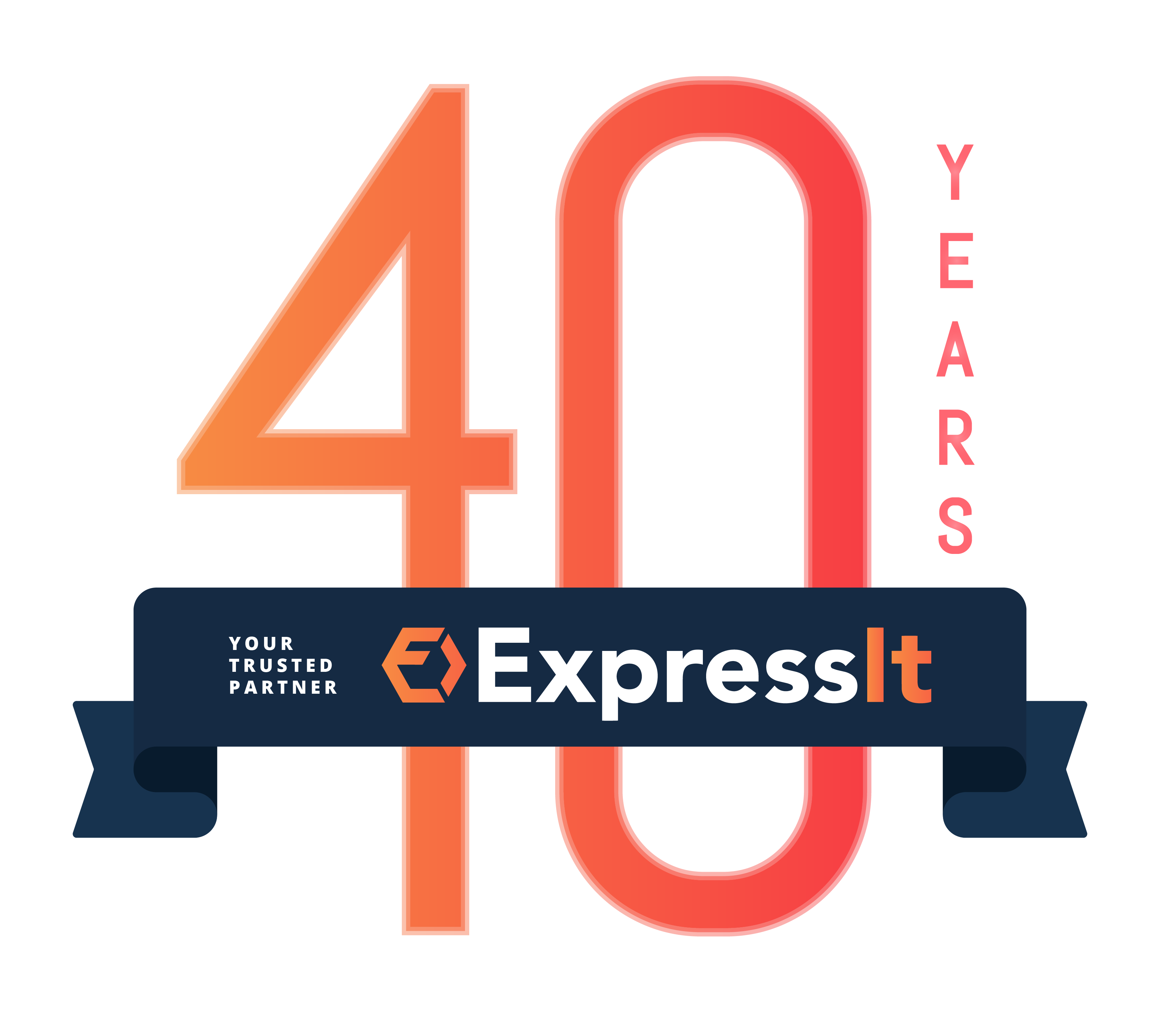The supply chain is a cycle of logistics, manufacturing and distribution. As you work on getting your products out in the world, you’ll likely hear about inbound and outbound logistics. So, what are they?
Inbound and outbound logistics refer to the processes of establishing everything you need to develop your products and how you fulfill orders and send them out for distribution, respectively. Understanding how both of them work and the similarities between them can help you streamline your operations and give you a guide on how to replicate your results. Learn more about how ExpressIt Delivery can help with both processes today.
What Are Inbound Logistics?
Inbound logistics are about acquiring all the components necessary to manufacture your products and prepare them for sale. It involves:
- Finding materials: Once you know what product you’re making, your first step is finding the tools, materials and equipment to bring it to life. You’ll need to find a supplier that distributes the materials you’re looking for and is willing to partner with you and send you said materials.
- Product transportation: After you get a supplier, you’ll need to ensure materials arrive where they should be for manufacturing. This step involves creating ground, air and even ocean distribution channels between you and your supplier, ensuring they send your materials to the right location. From there, you’ll require a team dedicated to receiving said shipments, documenting their arrival and storing them until they’re needed.
Typically, this is where the supply chain moves from inbound logistics to manufacturing and distribution. However, reverse logistics are also considered part of inbound logistics, since you’re receiving inventory. When someone returns a product for whatever reason, it should undergo an analysis to determine whether it can be redistributed. If it can, it returns to the rest of your stock for outbound shipment.
What Are Outbound Logistics?
The definition of outbound logistics involves any processes that help fulfill your orders. You may send your products to end customers or retailers that sell your goods as a third party. Essentially, this procedure involves all your distribution efforts, including:
- Order processing and packaging: Outbound logistics truly begin the moment a customer places an order. Once you receive the order, you can find it within your stock and pack it for shipment.
- Order shipments: While inbound logistics involves getting your product components to your fulfillment center, outbound logistics involves sending products out from the same location. Depending on the distance, you may use freight, plane, ship or another method for the product’s final destination.
This step of the supply chain also involves customer service and troubleshooting throughout shipment and delivery, though most businesses have a separate team dedicated to navigating these challenges and serving as the voice of the company.
Manage Your Inbound and Outbound Shipping Needs With ExpressIt
For four decades, ExpressIt has worked to transform the process of logistics so it’s easier for you and faster than ever before. We do whatever it takes to satisfy your needs and deliver your goods on your time. Learn more about how we can support your inbound and outbound logistics by contacting us today. We’ll give you a quote and schedule your deliveries as soon as possible.

